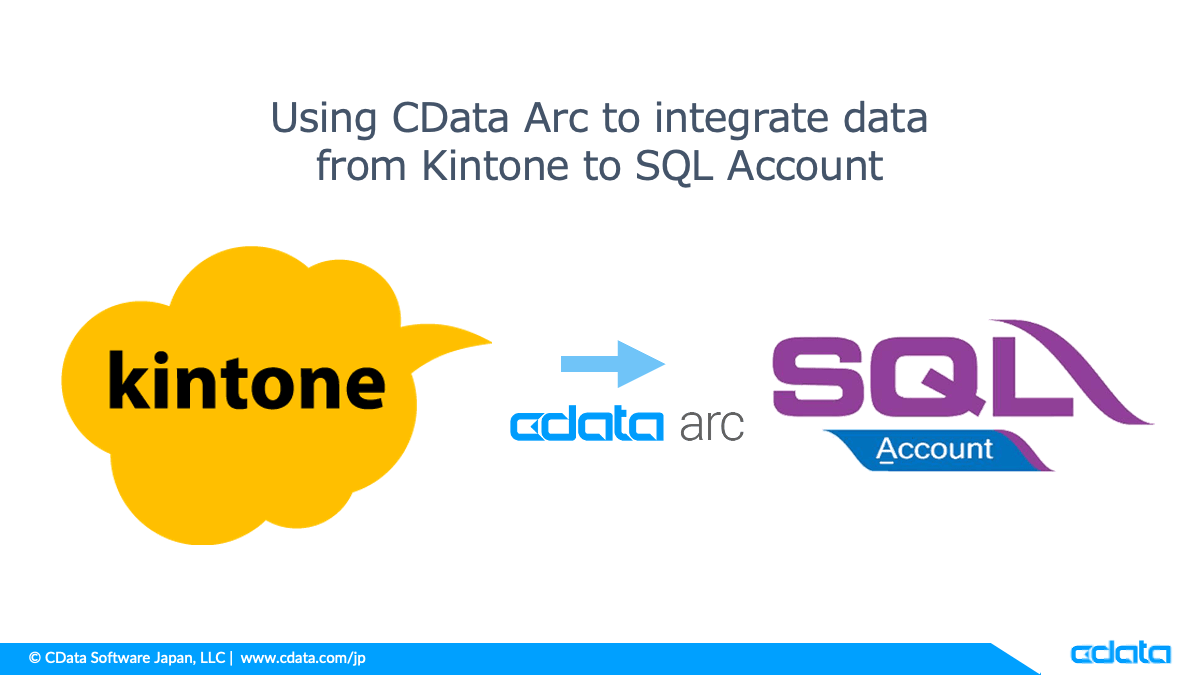Discover how a bimodal integration strategy can address the major data management challenges facing your organization today.
Get the Report →PowerShell Scripting to Replicate SAS xpt Data to MySQL
Write a simple PowerShell script to replicate SAS xpt data to a MySQL database.
The CData Cmdlets for SAS xpt offer live access to SAS xpt data from within PowerShell. Using PowerShell scripts, you can easily automate regular tasks like data replication. This article will walk through using the CData Cmdlets for SAS xpt and the CData Cmdlets for MySQL in PowerShell to replicate SAS xpt data to a MySQL database.
After obtaining the needed connection properties, accessing SAS xpt data in PowerShell and preparing for replication consists of four basic steps.
Connecting to Local SASXpt Files
You can connect to local SASXpt file by setting the URI to a folder containing SASXpt files.
Connecting to S3 data source
You can connect to Amazon S3 source to read SASXpt files. Set the following properties to connect:
- URI: Set this to the folder within your bucket that you would like to connect to.
- AWSAccessKey: Set this to your AWS account access key.
- AWSSecretKey: Set this to your AWS account secret key.
- TemporaryLocalFolder: Set this to the path, or URI, to the folder that is used to temporarily download SASXpt file(s).
Connecting to Azure Data Lake Storage Gen2
You can connect to ADLS Gen2 to read SASXpt files. Set the following properties to connect:
- URI: Set this to the name of the file system and the name of the folder which contacts your SASXpt files.
- AzureAccount: Set this to the name of the Azure Data Lake storage account.
- AzureAccessKey: Set this to our Azure DataLakeStore Gen 2 storage account access key.
- TemporaryLocalFolder: Set this to the path, or URI, to the folder that is used to temporarily download SASXpt file(s).
Collecting SAS xpt Data
-
Install the module:
Install-Module SASXptCmdlets -
Connect to SAS xpt:
$sasxpt = Connect-SASXpt -URI $URI -
Retrieve the data from a specific resource:
$data = Select-SASXpt -Connection $sasxpt -Table "SampleTable_1"You can also use the Invoke-SASXpt cmdlet to execute pure SQL-92 statements:
$data = Invoke-SASXpt -Connection $sasxpt -Query 'SELECT * FROM SampleTable_1 WHERE Column2 = @Column2' -Params @{'@Column2'='100'} -
Save a list of the column names from the returned data.
$columns = ($data | Get-Member -MemberType NoteProperty | Select-Object -Property Name).Name
Inserting SAS xpt Data into the MySQL Database
With the data and column names collected, you are ready to replicate the data into a MySQL database.
-
Install the module:
Install-Module MySQLCmdlets -
Connect to MySQL, using the server address and port of the MySQL server, valid user credentials, and a specific database with the table in which the data will be replicated:
$mysql = Connect-MySQL -User $User -Password $Password -Database $Database -Server $Server -Port $Port -
Loop through the SAS xpt data, store the values, and use the Add-MySQL cmdlet to insert the data into the MySQL database, one row at a time. In this example, the table will need to have the same name as the SAS xpt resource (SampleTable_1) and to exist in the database.
$data | % { $row = $_ $values = @() $columns | % { $col = $_ $values += $row.$($col) } Add-MySQL -Connection $mysql -Table "SampleTable_1" -Columns $columns -Values $values }
You have now replicated your SAS xpt data to a MySQL database. This gives you freedom to work with SAS xpt data in the same way that you work with other MySQL tables, whether that is performing analytics, building reports, or other business functions.
Notes
-
Once you have connected to SAS xpt and MySQL in PowerShell, you can pipe command results to perform the replication in a single line:
Select-SASXpt -Connection $sasxpt -Table "SampleTable_1" | % { $row = $_ $values = @() $columns | % { $col = $_ $values += $row.$($col) } Add-MySQL -Connection $mysql -Table "SampleTable_1" -Columns $columns -Values $values } -
If you wish to replicate the SAS xpt data to another database using another PowerShell module, you will want to exclude the Columns, Connection, and Table columns from the data returned by the Select-SASXpt cmdlet since those columns are used to help pipe data from one CData cmdlet to another:
$columns = ($data | Get-Member -MemberType NoteProperty | Select-Object -Property Name).Name | ? {$_ -NotIn @('Columns','Connection','Table')}






